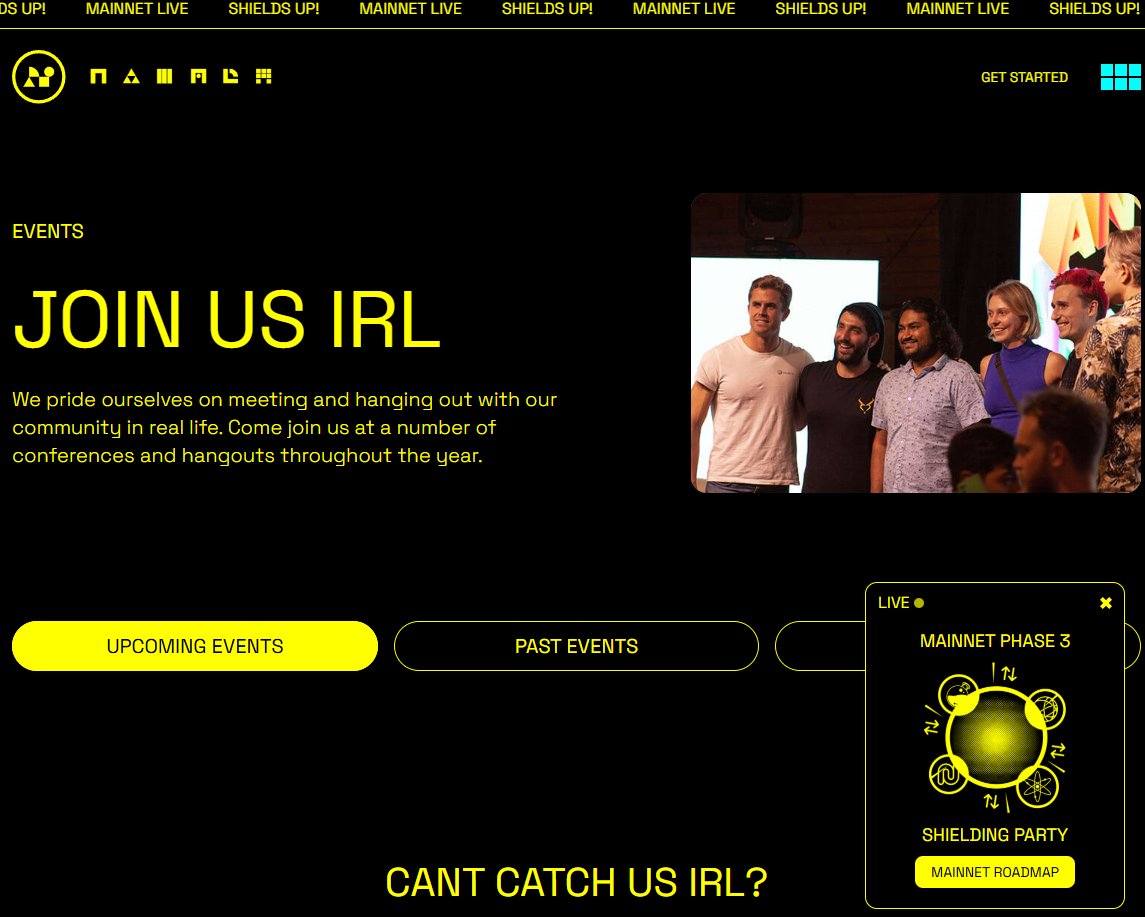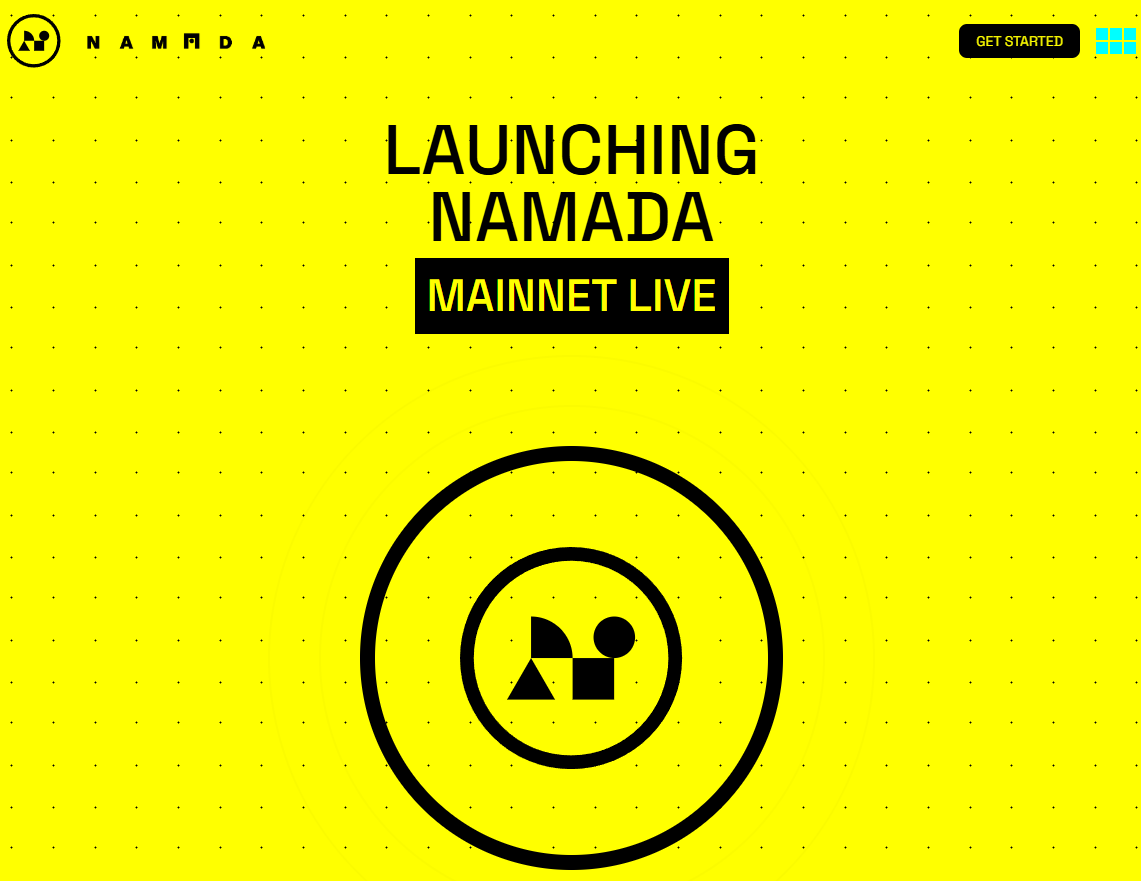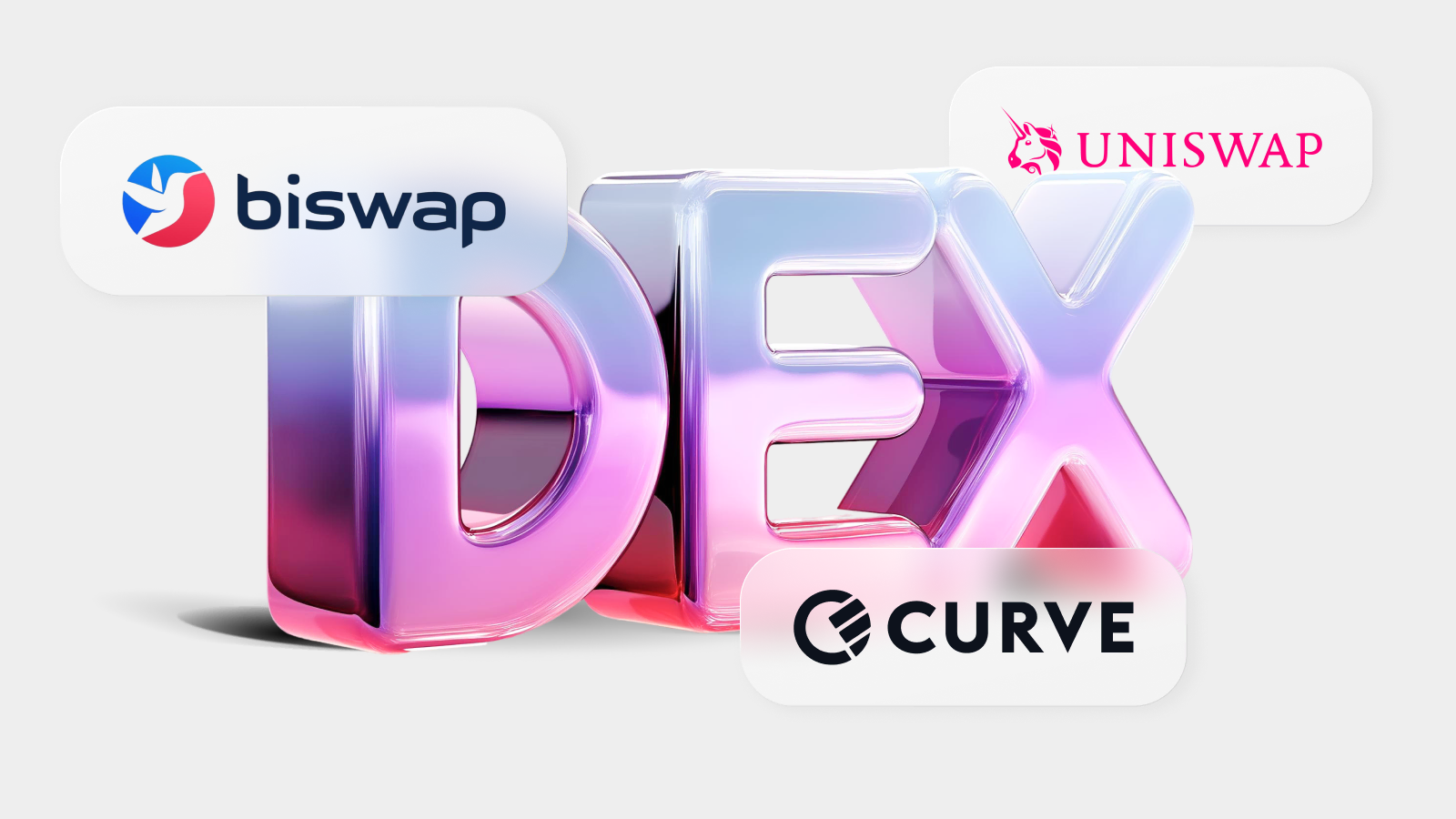In an era where privacy and data security are becoming increasingly important, the Namada blockchain platform offers a revolutionary solution. Focused on privacy, it allows users to make secure transfers of assets while ensuring a high level of security and anonymity. Utilising innovative technologies such as Multi-Active Secure Pools (MASP), Ethereum Bridge and Proof of Stake (PoS) consensus, Namada aims to take a leading position in the blockchain industry.

In this article, we take an in-depth look at the key features and benefits of the platform, analyse the potential and development prospects, and evaluate the Namada token.
Privacy in Namada: New Horizons for Data Protection
The developers of Namada Crypto have drawn attention to the existing fragmentation in the field of cryptographic protocols aimed at enhancing privacy. In particular, they identified several layers where limitations are observed:
- Asset level. Protocols such as Tornado Cash offer shielded pools for individual assets such as ETH and DAI. However, privacy requires the use of specific coins, such as ZEC in Zcash.
- Application layer. Projects such as Aztec and Tornado Cash operate independently of each other on the Ethereum network, offering unique but non-overlapping sets of privacy mechanisms.
- Network Layer. The Aleo protocol offers built-in anonymisation mechanisms for programmable networks, but remains isolated from other ecosystems.
The Namada team has set an ambitious goal to address this fragmentation by forming bridges with multiple blockchain ecosystems. The intended plan is to create a network that combines maximum transparency with a high degree of security and privacy. The founders plan to actively reward liquidity providers and participants who maintain a high level of anonymity, which will create an incentive to further develop the platform.
Namada architectural technologies
Namada mainnet is built on the Cosmos blockchain, borrowing the principles of consensus and internetworking. Privacy issues involve MASP (Multi-Asset Shielded Pool) and CC (Converter Contract) mechanisms working in close conjunction to ensure a high level of anonymity and security.
Cubic PoS Consensus Algorithm
Namada uses a unique Bonded Proof-of-Stake (BPoS) consensus algorithm based on the Cubic PoS mechanism implemented with Tendermint BFT. Validators are selected in proportion to the amount of staking, which allows efficient distribution of the block creation and validation workload. Initially, about 257 nodes are planned to be utilised to maintain the network.
Reward and penalty system
Validators are rewarded in proportion to the volume of staking. The size of the commissions is set by the validators themselves, and the protocol automatically calculates the totals, simplifying the calculations for the network participants. The peculiarity of penalties is a cubic scheme: the penalty percentage increases exponentially depending on the scale of violations.
Privacy mechanisms
Multiple Asset Shielded Pool (MASP). Based on the Electric Coin Company’s development for Zcash, MASP handles the minting and burning of protected assets, providing a single space for all types of digital currencies. This significantly increases anonymity, especially for obscure cryptocurrencies that might otherwise be susceptible to de-anonymisation.
Conversion Circuit (CC)
CC works in parallel with MASP, providing the ability to ‘programmatically transform’ assets. Asset entry into the staking is epoch tagged, allowing the system to account for the duration of participation in the pool while maintaining user privacy. The mechanism also supports additional features that would otherwise require assets to be withdrawn from the MASP and re-deposited.
Key features of the Namada platform
Namada stands out with a number of unique features that make it attractive to users and developers:
- Multi-Asset Secure Pool (MASP). MASP technology provides a high level of privacy for transactions with both Namada native tokens and assets from other networks such as Ethereum. All transaction data is hidden, guaranteeing users increased privacy protection.
- Ethereum Bridge. Namada provides the ability to securely and privately move assets between its own blockchain and the Ethereum network. This allows users to experience decentralised Ethereum applications without sacrificing privacy.
- Proof-of-Stake (PoS) mechanism. Network participants confirm transactions by freezing NAM tokens, which promotes decentralisation and enhances the security of the platform. This mechanism incentivises active participation in supporting the network and strengthens its resilience.
These features make Namada one of the most promising platforms in the blockchain space, combining security, privacy and interoperability with leading networks.
The role of the NAM token in the Namada ecosystem
The native token of the Namada protocol, NAM, plays a key role in securing, managing and incentivising network participants. Here are the main uses of it:
- Network security through Proof of Cube (PoC). NAM is used to provide network security through staking. It is a mechanism similar to traditional PoS systems, but with additional elements aimed at enhancing protection.
- Shielded Set Rewards (SSR). Participants who take an active part in protecting the network receive rewards in NAM tokens. This incentivises activity and keeps the platform stable.
- Governance on the chain (Governance). NAM holders have the right to vote on the governance of the network, making decision-making decentralised and democratic.
- Public Goods Fund (PGF). A portion of NAM’s issuance is used to fund various initiatives aimed at the public good. This may include research projects, educational programmes and other socially important initiatives.
Next, we will describe how the protocol solved the problems of cryptocurrency functioning. Mechanisms that ensure the functioning of NAM:
- Cube Proof of Stake (CPoS). A modified consensus mechanism that enhances the security of the network.
- Shielded Set Rewards (SSR). A reward system for participants who ensure the privacy and security of the network.
- Governance. A network governance mechanism based on voting by NAM holders.
- Public Goods Fund (PGF). A fund that finances public initiatives and projects.
The exact parameters of the inflation and distribution of the funds are unknown, but the team plans to announce them closer to the launch of the main network. The PGF fund will be managed by an elected board that will allocate funds to various categories including tech, social research, arts, philosophy and other areas. The board will also receive a small share of NAM as compensation for its work.

The first Namada Airdrop has already taken place, with a total of 65 million NAM tokens shared among various participants, including Zcash holders, ZK protocols, cross-chain applications, Cosmos and Osmosis stakers, BadKids NFT holders, Gitcoin donors and Namada Trusted Setup participants.
NAM tokens will fulfil different functions. But their main purpose is to manage the platform. In the future, there are plans to implement an off-network protocol to reach a common consensus before any vote, hardforks or in case the network cannot produce blocks for one reason or another.
Conclusion
A comprehensive review of the Namada platform has demonstrated its wide range of capabilities and unique features. The platform offers comprehensive solutions for developers looking to build efficient and scalable applications. Namada’s key benefits include high performance, integration with modern technologies, and an intuitive interface. This makes it attractive to both experienced professionals and newcomers to development.
Despite its obvious advantages, Namada is still in an active development phase, and its future success will largely depend on the team’s ability to innovate and attract new users. Investing in learning and mastering this platform can be very rewarding for those looking for modern and powerful tools to realise their ideas.
Frequently Asked Questions
What is the Namada platform?
Namada is a feature-rich application development platform that offers extensive capabilities for creating high-performance and scalable solutions. It is characterised by integration with the latest technologies and user-friendly interface.
What are the key benefits of Namada?
Key benefits include high performance, compatibility with the latest technologies, an intuitive interface and extensive developer support.
Who is the Namada platform designed for?
The platform is suitable for both experienced developers and beginners who want to learn modern tools to create effective applications.
What technologies are integrated into Namada?
Narmada supports a variety of modern technologies, including programming languages, databases and frameworks, making it a universal development tool.
What is the future of the Namada platform?
The outlook for Namada is one of continuous development and the introduction of new technologies. Its ability to attract developers and grow its user base will determine its future success.































